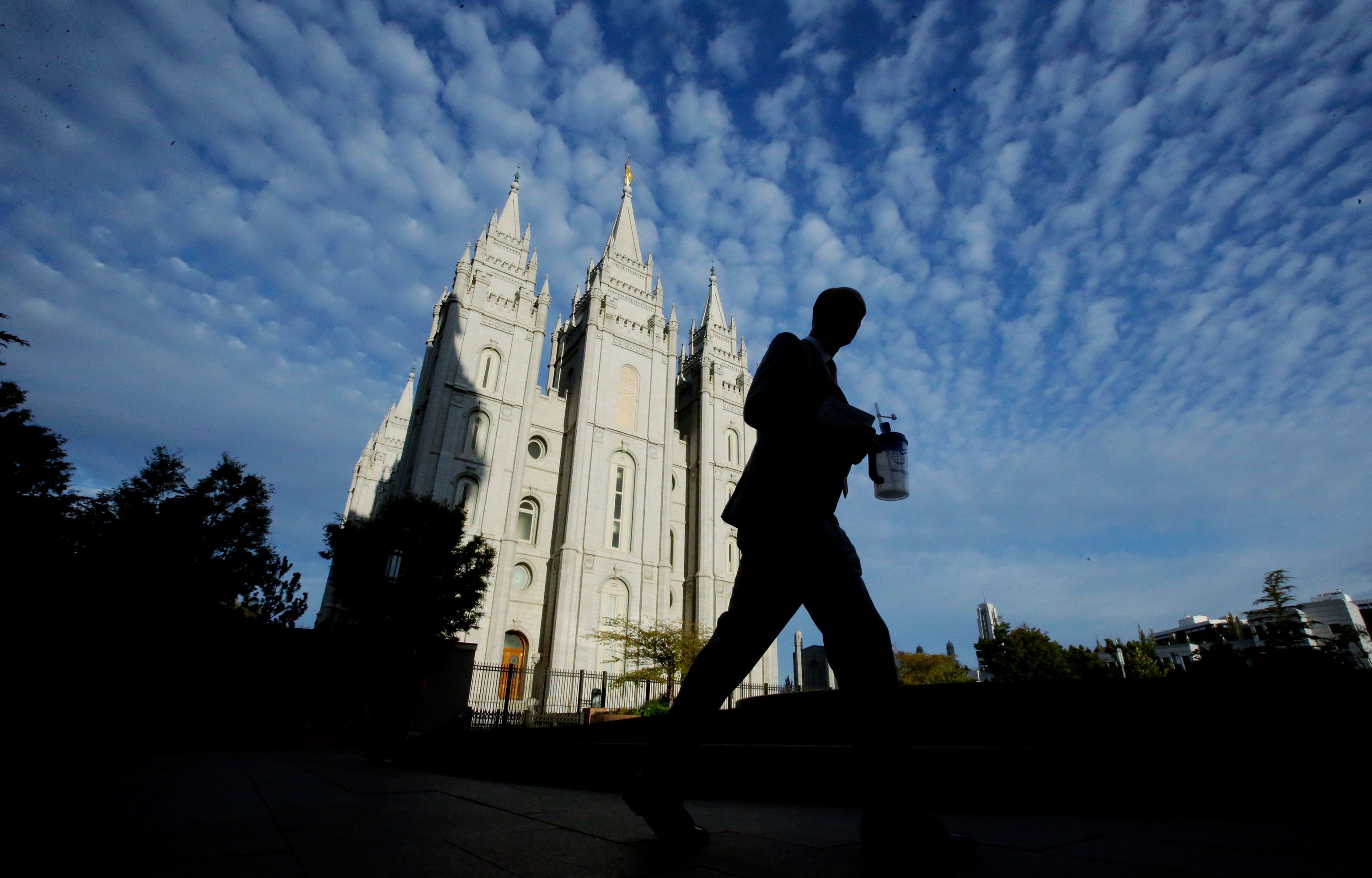The Church of Jesus Christ of Latter-Day Saints (often known by its name as the Mormon Church) has a long and rich history of race relations. This is especially the case for Blacks within Mormonism. This article seeks to provide an objective and factual analysis of the past treatment of Black individuals within the Mormon Church as well as the policy restrictions that were put in place and how the Church has changed to reject past beliefs and practices associated with racism.
Blacks are part of Mormonism – A Historical Overview
Between 1852-1978, the Mormon Church had a law which prohibited blacks from ordination to the priesthood. The decision was based on the interpretations of scriptures as well as racial views of the day. Blacks were unable to be a part of certain rituals or perform certain duties in the Church. This led to segregation within the Mormon community. It is important to recognize that this discriminatory act was not exclusive to Mormonism but rather reflected the pervasive racial prejudices which were prevalent in American society in the era of.

Mormon Black Peoples & the 1978 Revelation
In 1978, Spencer W. Kimball was blessed with what Mormons believe to be revelations from God about the exclusion of Blacks from the priesthood. This revelation, regarded as crucial, lifted the rule which had been in effect for more than 100 years. The Church of Jesus Christ of Latter-Day Saints declared that Black individuals were now able to hold the priesthood and be fully involved in all aspects of the Church.
The Church today rejects discrimination against people of color, and invites all people, regardless their race, to accept Jesus Christ. The current doctrine affirms that all people are equal, and emphasizes God’s acceptance of everyone regardless of their race, gender, socioeconomic standing, or any other factor.
Joseph Smith’s Fair Treatment of Black Individuals
Joseph Smith, founder of the Mormon Church despite the racial discrimination of his day was fair and tolerant treatment towards Black people. Joseph Smith may have ordained Black men to the priesthood in his lifetime, based on his own records. Smith’s beliefs of equality and inclusion in the Church were evident in this ceremony. However, the leaders who followed put in place policies to exclude Black individuals from the priesthood, reflecting the changing attitude towards race within the middle of the 19th century. For more information, click Mormons and Black People
Affronting Racism and Moving Towards Unity
In the present in the present, the Church of Jesus Christ of Latter-Day Saints has taken major measures to confront the effects of racism and work towards unity among its members. The Church’s leadership has issued statements in which they denounce old racial customs and beliefs. They state that racism of any form is incompatible with the teachings of Jesus Christ and the core doctrines of the Church.
The Church promotes respect, understanding and compassion in its diverse membership. It affirms the value and worth of every person. Members are educated on the significance and importance of avoiding prejudiced views, as well being aware of cultural diversity, inclusivity, and sensitivity.
Conclusion
Knowing the Church of Jesus Christ of Latter-Day Saintsthe evolution of the face of racial discrimination and the past of Blacks within Mormonism is crucial to building unity. The Church’s history of trauma is evident in a rule that for over a century was a barrier to Blacks from ordination to the priesthood. In 1978, the disclosures about the policy were a turning point, signaling a dedication to equality and inclusion.
The current position of the Mormon Church opposes racism and declares equality. It also advocates tolerance and love for everyone in its membership. By confronting the past’s prejudices against race and implementing steps to progress toward equality, the Mormon Church is moving towards a greater mutual understanding and solidarity.